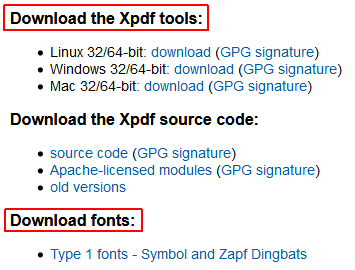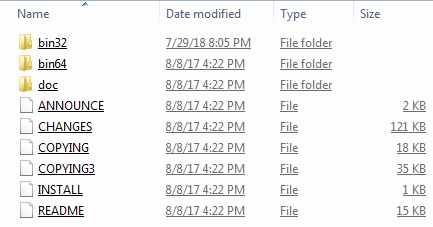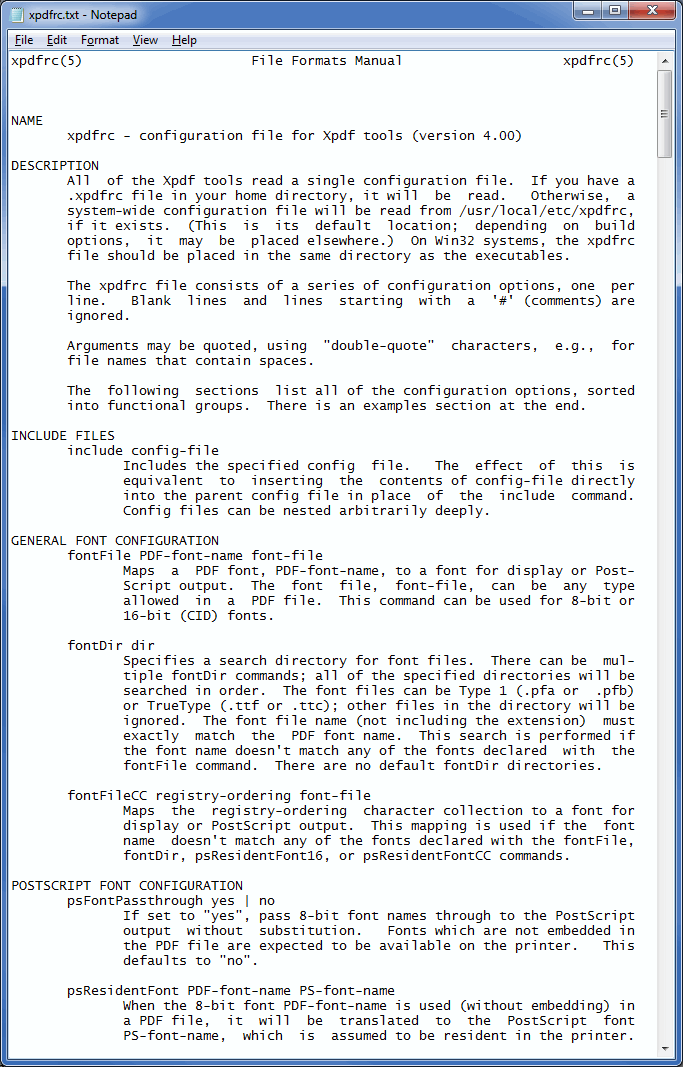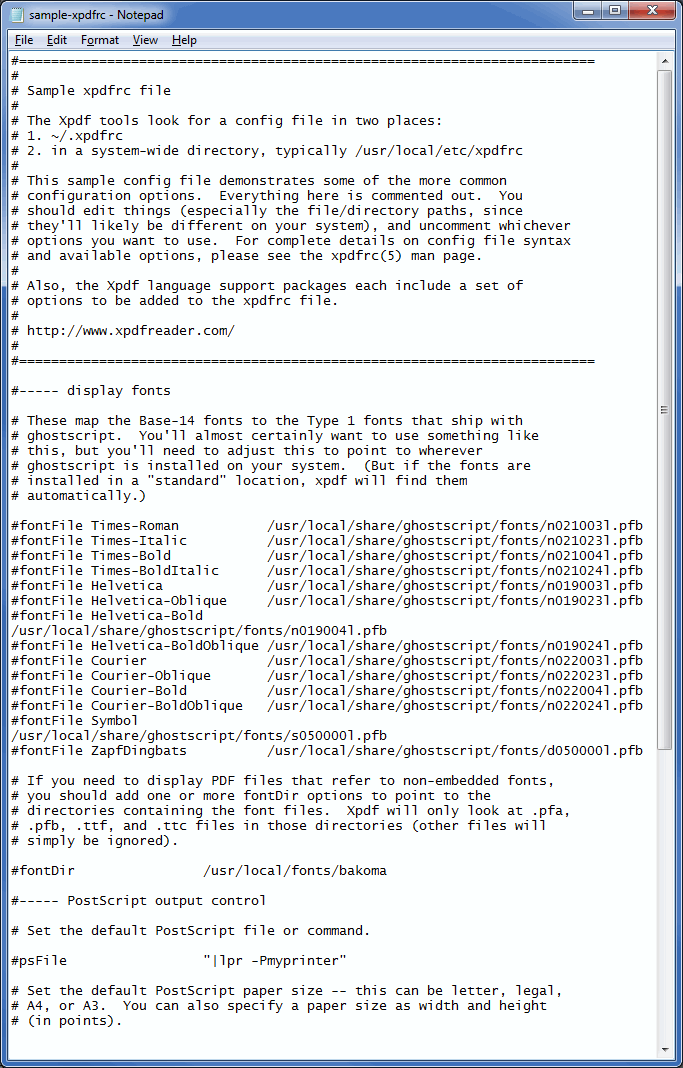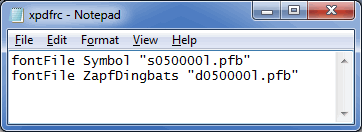2 Comments
Joe, you forget to mention, that the downloaded fonts are contained in a .gz file, not familiar to Windows users.
However, they can be extracted with the tar command which (at least) is present in Windows 11, for example:
However, they can be extracted with the tar command which (at least) is present in Windows 11, for example:
tar -xvzf C:\Path\xpdf-t1fonts.tar.gz -C C:\Path
Hi Gustav,
Thanks for mentioning that. I never thought about it, because I've been using an excellent file manager, Total Commander NOT Windows/File Explorer, for all file management functions for 20+ years. Total Commander directly handles .gz files...simply double-click it, which shows the .tar file...then double-click that and it shows the folder. At that point, the copy function automatically unpacks the compressed file to wherever you want it (same as it does for .zip files). I'm sure that other top quality file managers do it, too, such as Directory Opus (DOpus). All of that said, there are certainly many users out there who use the built-in Windows/File Explorer for file management, so I appreciate your pointing that out. Regards, Joe
Thanks for mentioning that. I never thought about it, because I've been using an excellent file manager, Total Commander NOT Windows/File Explorer, for all file management functions for 20+ years. Total Commander directly handles .gz files...simply double-click it, which shows the .tar file...then double-click that and it shows the folder. At that point, the copy function automatically unpacks the compressed file to wherever you want it (same as it does for .zip files). I'm sure that other top quality file managers do it, too, such as Directory Opus (DOpus). All of that said, there are certainly many users out there who use the built-in Windows/File Explorer for file management, so I appreciate your pointing that out. Regards, Joe
Suggested Videos
Excel formula name translator: Spanish - English and English - Spanish and work in both languages
This article presents an AutoHotkey (V1) script that creates a plain text report with information about all drives in a system that have a drive letter, such as C, D, E, etc. The information in the report is Type of drive, Status, Capacity, Free Spa…
- Windows 10
- Windows 8
- Windows 11
- Windows OS
- Programming Languages-Other
- Windows 7, Scripting Languages, Storage Hardware, Hardware, AutoHotkey
Suggested Courses
Next Video:Using Excel's Lambda Function


